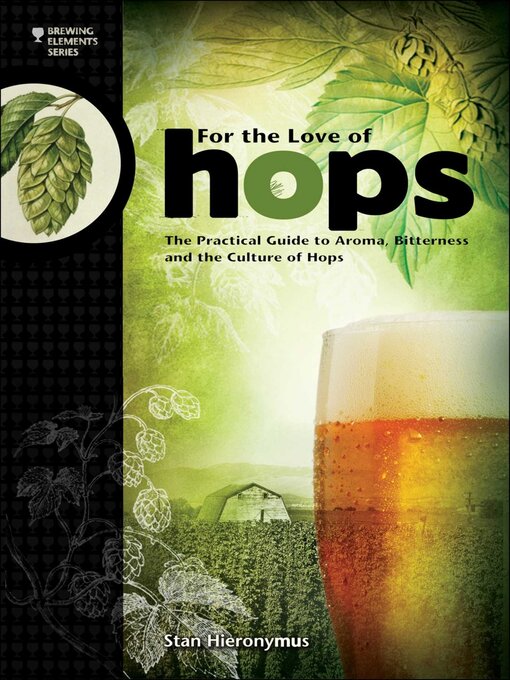Hops have a long and mysterious past. Hieronymus unpacks their story with a discerning eye, separating fact from myth through deep research into historical records, scientific studies, and interviews with experts and growers. His work offers a compelling, wide-ranging look at how hops evolved from a supporting player to a defining feature in beer.
From field to fermenter, the path of the hop is anything but simple. Hieronymus blends technical details—such as hop anatomy and growth cycles—with firsthand stories from farming families who've cultivated hops for generations. He leads readers through historic and emerging growing regions: Germany, the Czech Republic, England, the U.S., Australia, and New Zealand. Along the way, he illustrates the challenges growers face, from crop diseases to shifting market demands.
Hieronymus also provides a catalog of over 100 hop varieties, from noble Old World types like Saaz and Tettnang to bold New World stars like Cascade, Amarillo, and Nelson Sauvin. Each entry includes vital stats and insights on flavor, aroma, and usage.
Once harvested, hops unlock a brewer's full creative range. The book dives into their essential compounds—alpha and beta acids—and how they influence bitterness, flavor stability, and aroma. Hieronymus breaks down a variety of hopping techniques, including:
He also explores how the perception of bitterness varies by individual and how exposure to heavily hopped beers can change our taste preferences—a phenomenon known as the "lupulin shift." The development and meaning of IBUs (International Bitterness Units) are explained in context, helping demystify a widely misunderstood metric.
To ground theory in practice, the book features 16 beer recipes from renowned breweries in the U.S., Belgium, Germany, England, New Zealand, and more. These recipes reveal how top brewers use hops to shape character and balance.For the Love of Hops is both educational and inspiring—a must-read for brewers, beer lovers, and anyone interested in the flower that changed beer forever.
